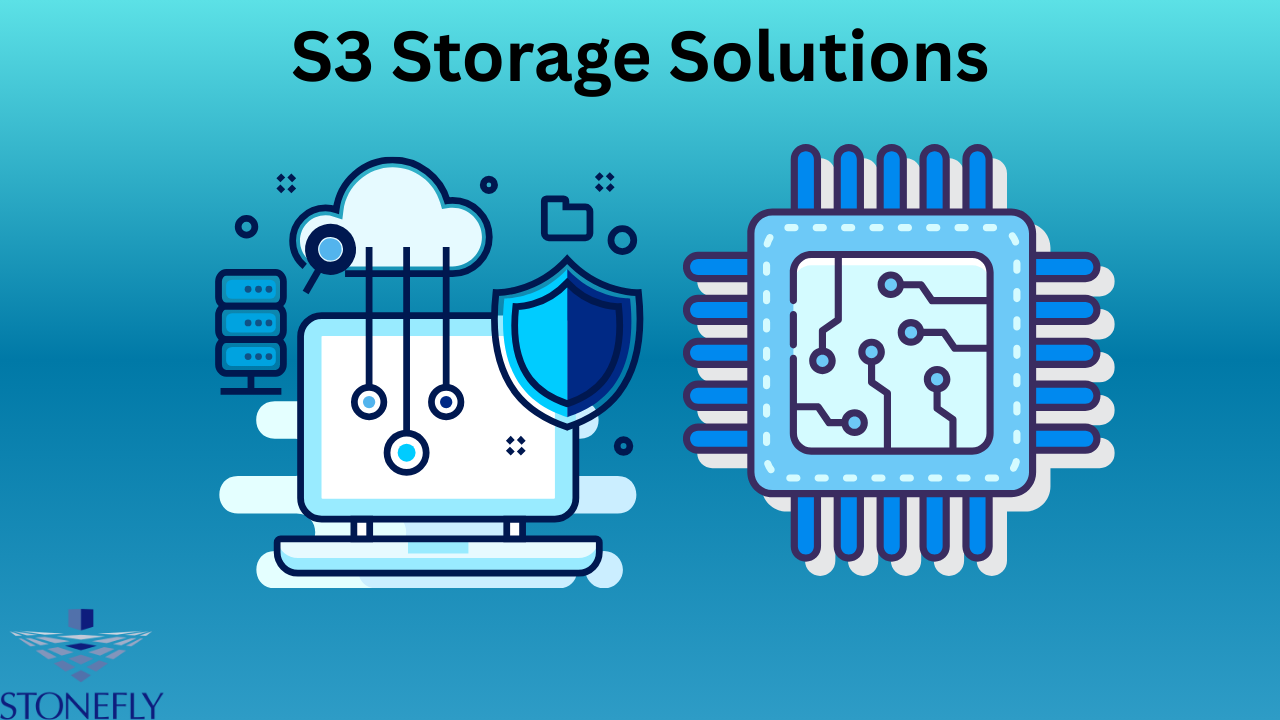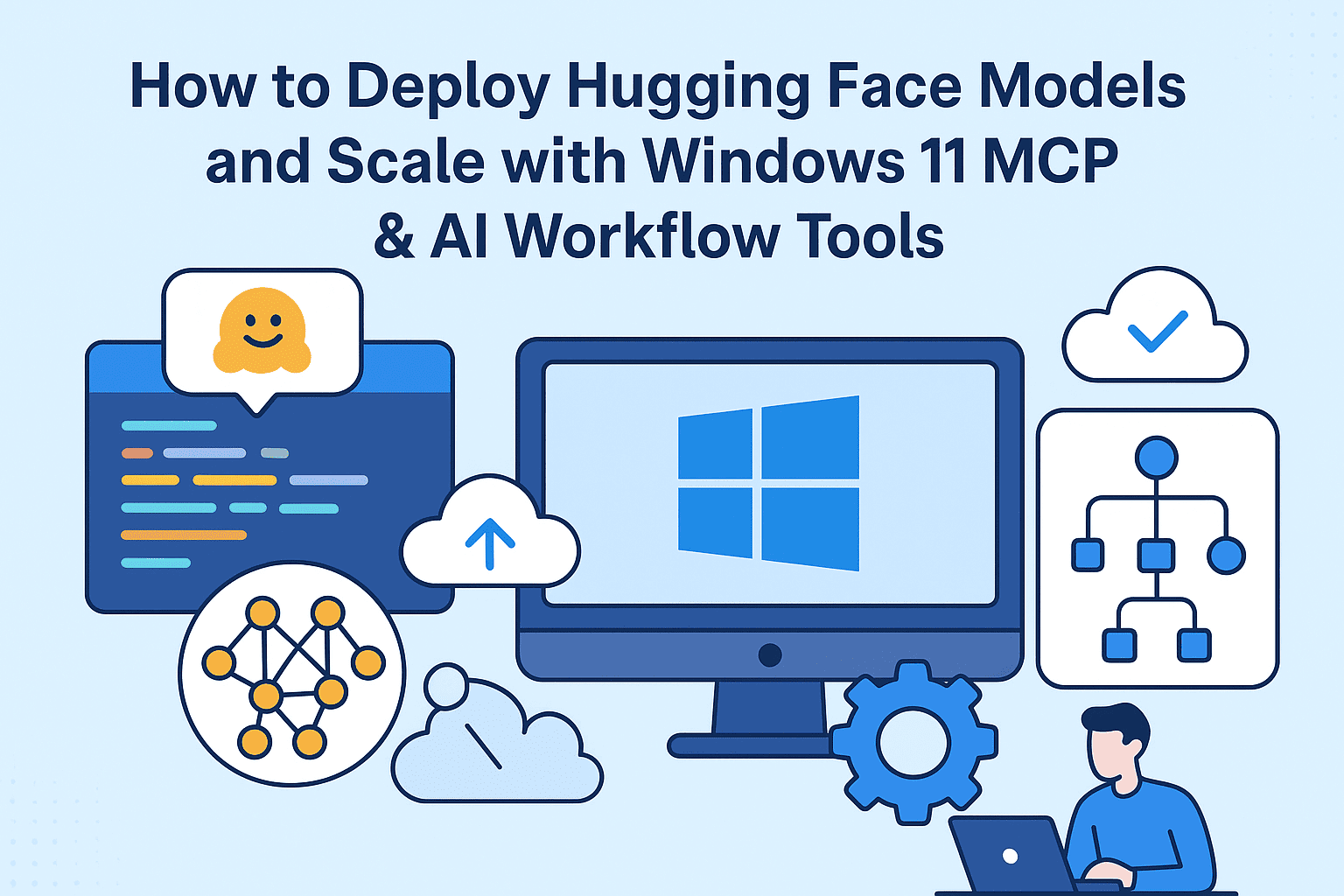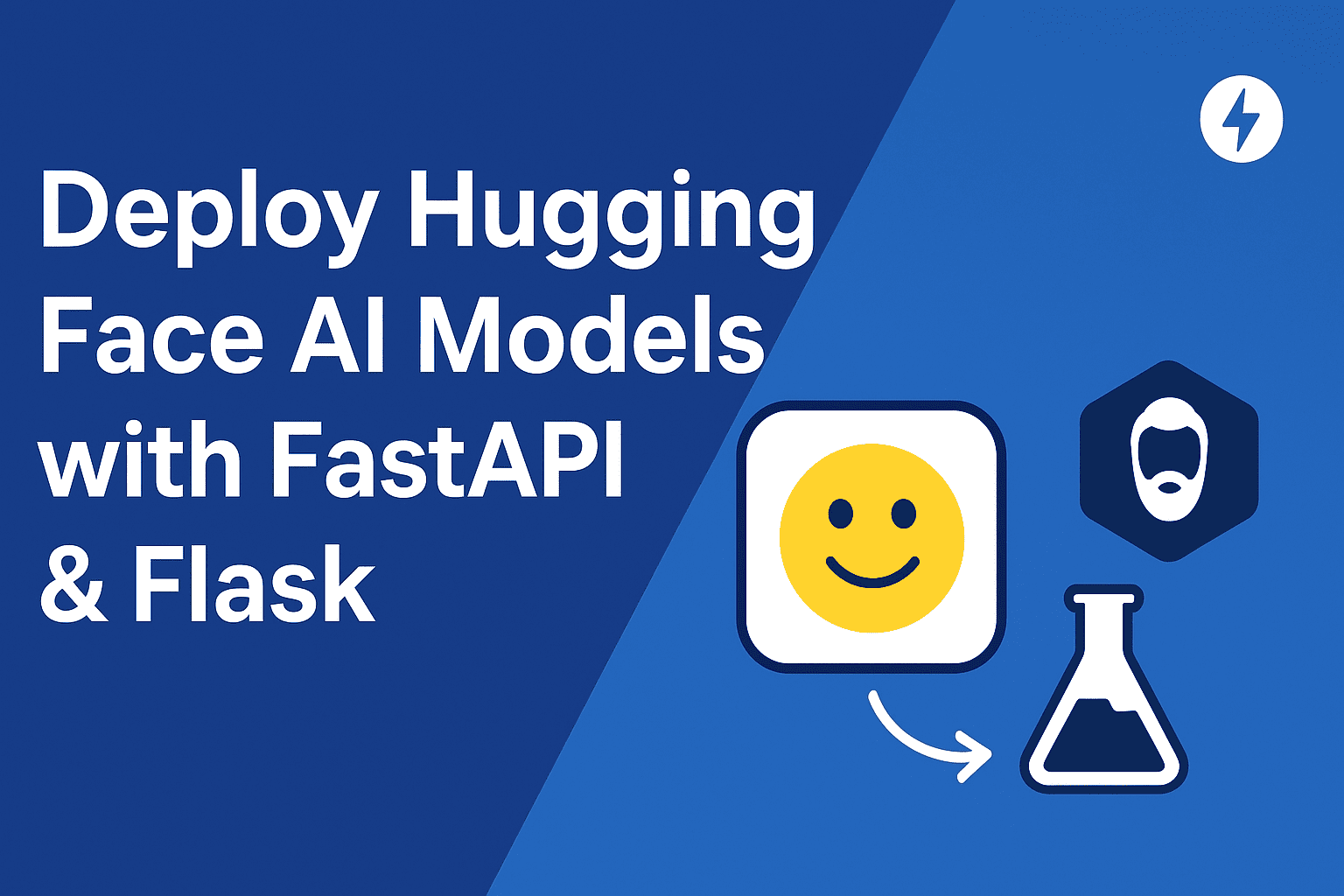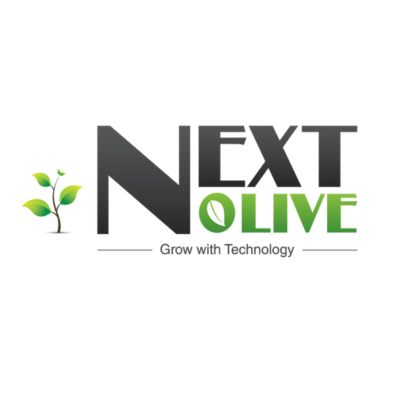PLC Integration

PLC integration is a cornerstone of modern industrial automation, enabling seamless communication between hardware, software, and machinery. By integrating programmable logic controllers (PLCs) into your systems, businesses can automate operations, improve efficiency, reduce downtime, and gain real-time insights into their processes.
As industries embrace digital transformation, PLC integration becomes critical—not just for productivity but for staying competitive in a data-driven world.
What is PLC Integration?
PLC integration involves connecting a programmable logic controller to various components of an industrial system, including machines, sensors, human-machine interfaces (HMIs), supervisory control and data acquisition (SCADA) systems, and enterprise software like MES or ERP. The goal is to create a cohesive and intelligent automation environment where all components communicate and function as a unified system.
This integration ensures that data collected at the machine level can be interpreted, visualized, and used for process control and decision-making.
Components Involved in PLC Integration
A successful PLC integration includes the following components:
-
PLCs (Programmable Logic Controllers): The brain of automation, used for controlling machines and processes.
-
HMIs (Human Machine Interfaces): Operator panels or touchscreens for monitoring and input.
-
SCADA Systems: Platforms that visualize data from PLCs across multiple systems or locations.
-
Field Devices: Sensors, actuators, and relays that feed information to and from the PLC.
-
Communication Protocols: Ethernet/IP, Modbus, Profinet, and others that allow different systems to “talk” to each other.
-
Industrial Networks: The infrastructure (wired/wireless) used to connect devices and systems.
Benefits of Professional PLC Integration
Proper PLC integration delivers far more than just automation—it lays the foundation for a smarter, more agile operation. Benefits include:
-
Increased Productivity: Automate repetitive tasks, reduce cycle times, and boost output.
-
Real-Time Monitoring: Instantly detect performance issues and equipment faults.
-
Data-Driven Decisions: Gather operational data for analysis and continuous improvement.
-
Reduced Downtime: Faster fault detection and remote troubleshooting capabilities.
-
Scalability: Easily add new machines or production lines without overhauling systems.
-
Regulatory Compliance: Log and trace data for audits and quality control.
Industries That Rely on PLC Integration
PLC integration plays a critical role in a wide range of industries:
-
Manufacturing: For conveyor systems, robotic automation, CNC machines, and production lines.
-
Food & Beverage: Precision batching, temperature control, and packaging automation.
-
Water and Wastewater: Level monitoring, pump control, and chemical dosing systems.
-
Oil & Gas: Pipeline monitoring, safety systems, and drilling controls.
-
Energy: Integrating renewable sources, battery storage, and grid management.
-
Pharmaceuticals: Compliant data logging, batch traceability, and controlled environments.
Custom PLC Integration Services
Off-the-shelf solutions rarely meet the unique demands of complex industrial environments. Custom PLC integration provides a tailored system based on your process requirements, machinery types, and data goals.
Xtreme Automation LLC is a leading provider of custom PLC integration services. With expertise in Allen-Bradley, Siemens, Schneider Electric, and other major platforms, their engineers design, program, and implement integrated control solutions across a variety of industries.
Whether you're retrofitting an older system or building a smart factory from scratch, their team delivers robust and scalable PLC integration that improves both performance and profitability.
Key Features of Expert PLC Integration
Working with a professional integration team ensures your project includes:
-
Turnkey Design: From control panel fabrication to programming and commissioning.
-
System Architecture: Designing logical, efficient, and redundant control systems.
-
Remote Access: Secure VPN or cloud connectivity for off-site monitoring and support.
-
Data Logging and Reporting: Store, analyze, and visualize operational data.
-
Cross-Platform Compatibility: Integrating multiple hardware and software vendors.
-
Support and Training: Ongoing technical support and operator training post-deployment.




